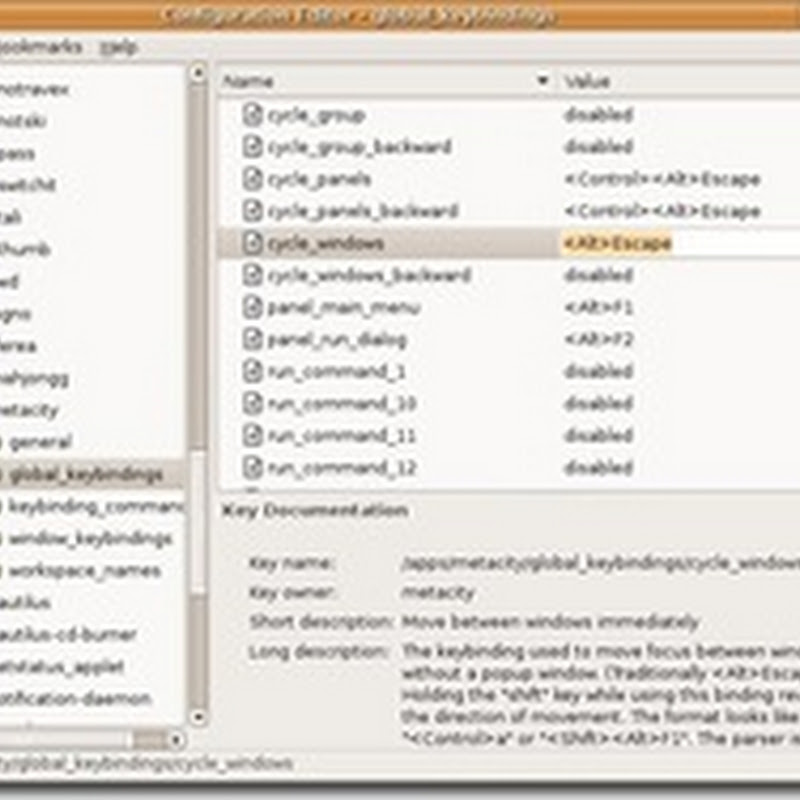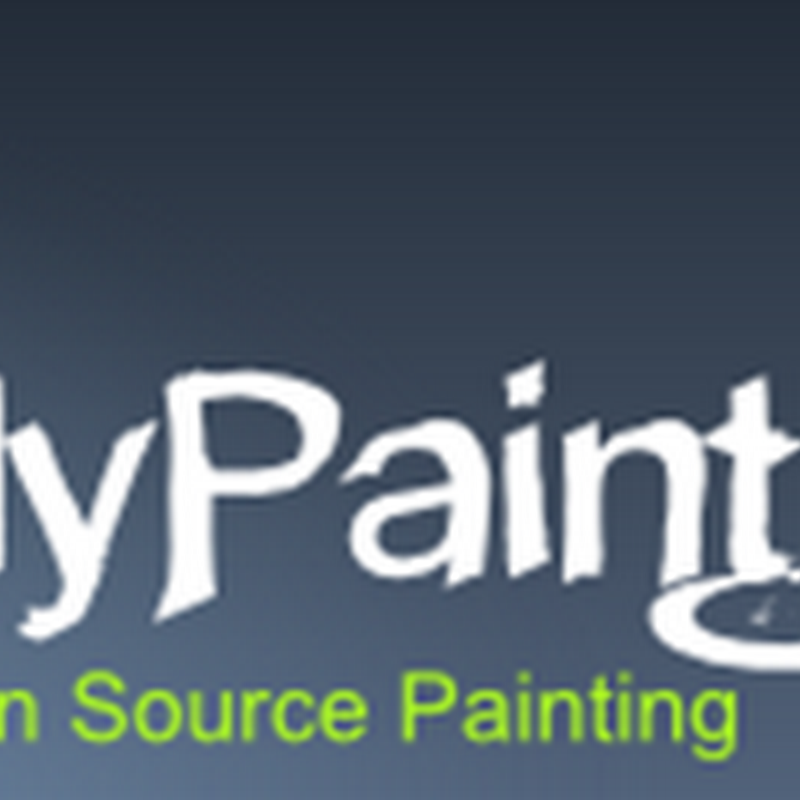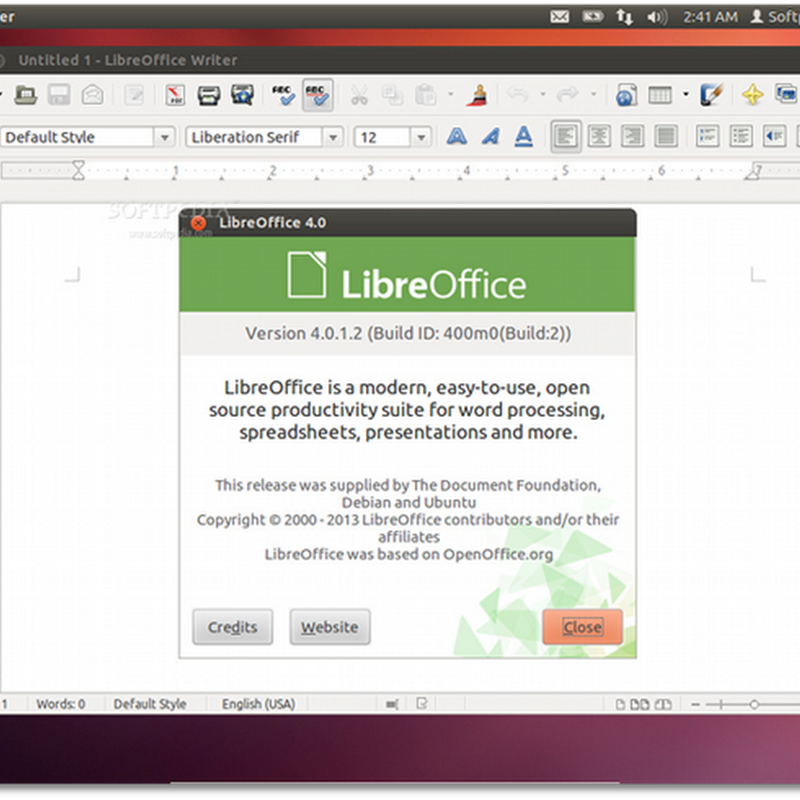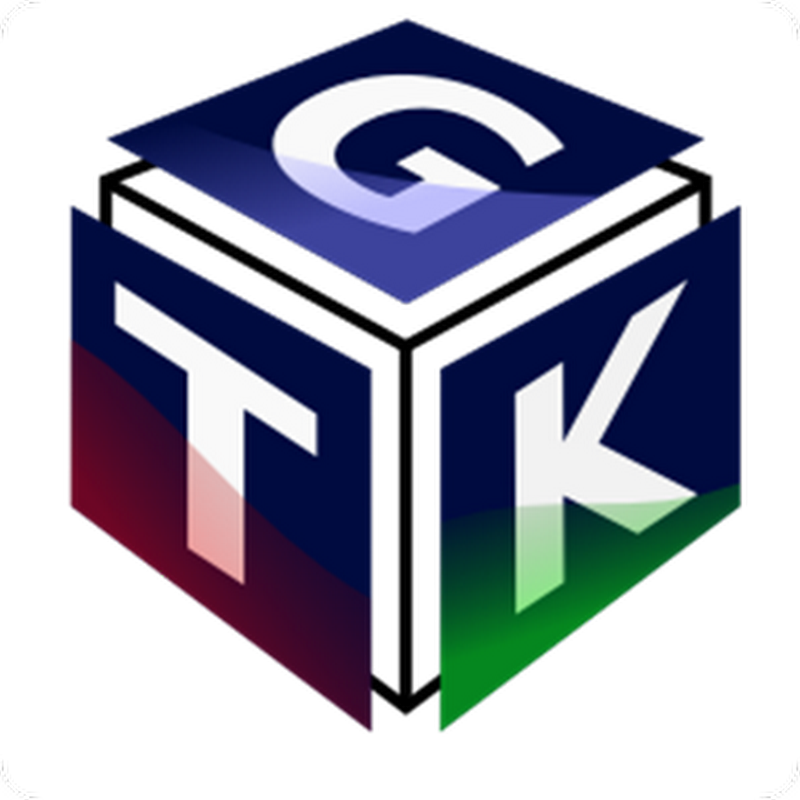
Software dalle caratteristiche eccellenti e con funzionalità molto avanzate all’altezza dei cugini più blasonati come Exaile o AmaroK.
Aqualung offre anche un Music Store: un database musicale, grazie al quale possiamo memorizzare parecchie informazioni sui brani memorizzati sull’HD.
In questo senso ha diverse funzionalità che consentono l’import di metadati direttamente nel Music Store come ID3v1, ID3v2 tags, commenti Ogg Xiph, APE.
Se vogliamo installare Aqualung sul nostro Ubuntu 11.04 Natty Narwhal aprire il terminale e digitare:
Un secondo metodo d'installazione:
Download.
Ultima versione rilasciata: 0.9
aqualung_0.9~beta11.orig.tar.gz
I file con estensione .tar, .tgz, .tar.gz o .tar.bz2 sono conosciuti come tarball, molto usati in Linux e Unix.
Se non è presente un pacchetto per Ubuntu in nessuno dei repository, è possibile installare o rimuovere il tarball dalla riga di comando.
Il primo passo è quello di decomprimere ed estrarre il tarball. Se ha come estensione .tgz o .tar.gz, nel terminale digitare:
tar xfvz nome_del_tarballDopo questo, seguire le istruzioni fornite con il pacchetto, contenute, di solito, nei file README o INSTALL.
I tarball solitamente contengono il codice sorgente di un programma, ed è quindi necessario compilarli per poterli utilizzare.
Aqualung è nato qualche tempo fa, più esattamente nel 2005, e fa del supporto a tutti i file audio un suo cavallo di battaglia.
Il software, inizialmente nato solo ed esclusivamente per GNU/Linux, è ora multi-piattaforma visto che può essere installato su sistemi Linux, OpenBSD, Windows e FreeBSD.
Aqualung introduce una caratteristica molto particolare che consente di riprodurre i vari brani eliminando tutte le interruzioni che normalmente sono presenti tra un brano ed il successivo. con questa tipologia di approccio consente una visualizzazione ed una gestione della vostra musica in maniera molto efficiente.
* La riproduzione di file audio;
* Supporta i formati audio WAV, FLAC, OGG, MP3, AIFF, AU, MP1, MP2, MOD, S3M, XM, IT, AC3, AAC, WMA, ecc;
* Ascoltare la radio su Internet;
* Supporto per le skin;
* Interfaccia semplice ed intuitiva;
* Aqualung è un'applicazione facile da usare;
* Aggiornamenti manuali;
* Supporto per l'installazione/disinstallazione, ecc;
Vediamo più in dettaglio le sue caratteristiche prendendo spunto direttamente dall’home page del progetto:
On the input side:
- Audio CDs can be played back and ripped to the Music Store with on-the-fly conversion to WAV, FLAC, Ogg Vorbis or CBR/VBR MP3 (gapless via LAME). Seamless tagging of the created files is offered as part of the process.
- Internet radio stations streaming Ogg Vorbis or MP3 are supported.
- Subscribing to RSS and Atom audio podcasts is supported. Aqualung can automatically download and add new files to the Music Store. Optional limits for the age, size and number of downloaded files can be set.
- Almost all sample-based, uncompressed formats (e.g. WAV, AIFF, AU etc.) are supported. For the full list of these formats, visit the libsndfile homepage.
- Files encoded with FLAC (the Free Lossless Audio Codec) are supported.
- Ogg Vorbis and Ogg Speex audio files are supported.
- MPEG Audio files are supported. This includes MPEG 1-2-2.5, Layer I-II-III encoded audio, including the infamous MPEG-1 Layer III format also known as MP3. For tracks containing the appropriate LAME headers, the MPEG encoder delay and padding is eliminated by Aqualung, resulting in truly gapless playback. Aqualung also supports VBR (variable bitrate) and UBR (unspecified bitrate) MPEG files.
- MOD audio files (MOD, S3M, XM, IT, etc.) are supported via the high quality libmodplug library.
- Musepack (a.k.a. MPEG Plus) files are supported.
- Files encoded with Monkey's Audio Codec are supported.
- WavPack files are supported via a native decoder.
- Numerous formats and codecs are supported via the FFmpeg project, including AC3, AAC, WMA, WavPack and the soundtrack of many video formats.
- Naturally, any of these files can be mono or stereo.
On the output side:
- OSS driver support
- ALSA driver support
- JACK Audio Server support
- PulseAudio support
- sndio output (presently available on OpenBSD only)
- Win32 Sound API (available only under native Win32 or Cygwin)
- Exporting files to external formats from Playlist and Music Store is supported.
In between:
- Continuous, gap-free playback of consecutive tracks. Your ears get exactly what is in the files – no silence inserted in between.
- Ability to convert sample rates between the input file and the output device, from downsampling by a factor of 12 to upsampling by the same factor. The best converter provides a signal-to-noise ratio of 97dB with -3dB passband extending from DC to 96% of the theoretical best bandwidth for a given pair of input and output sample rates.
- LADSPA plugin support – you can use any suitable LADSPA plugin to enhance the music you are listening to. There are many different equalizer, spatial enhancer, tube preamp simulator etc. plugins out there. If you don't have any, grab these.
Other niceties:
- Playlist tabs allow you to have multiple playlists for your music at the same time, very similarly to multiple tabbed browsing in Firefox.
- Internally working volume and balance controls (not touching the soundcard mixer).
- Support for multiple skins; changing them is possible at any time.
- Support for random seeking during playback.
- Track repeat, List repeat and Shuffle mode (besides normal playback). In track repeat mode the looping range is adjustable (A-B repeat). It is possible to set the looping boundaries via a single keystroke while listening to the track.
- Ability to display and edit Ogg Xiph comments, ID3v1, ID3v2 and APE tags found in files that support them. When exporting tracks to a different file format, metadata is preserved as much as possible.
- All windows are sizable. You can stretch the main window horizontally for more accurate seeking.
- You can control any running instance of the program remotely from the command line (start, stop, pause etc.). Remote loading or enqueueing soundfiles as well as complete playlists is also supported.
- State persistence via XML config files. Aqualung will come up in the same state as it was when you closed it, including playback modes, volume and balance settings, currently processing LADSPA plugins, window sizes, positions and visibility, and other miscellaneous options.
Screenshots

Se ti è piaciuto l'articolo , iscriviti al feed cliccando sull'immagine sottostante per tenerti sempre aggiornato sui nuovi contenuti del blog:
























Nessun commento:
Posta un commento
Non inserire link cliccabili altrimenti il commento verrà eliminato. Metti la spunta a Inviami notifiche per essere avvertito via email di nuovi commenti.